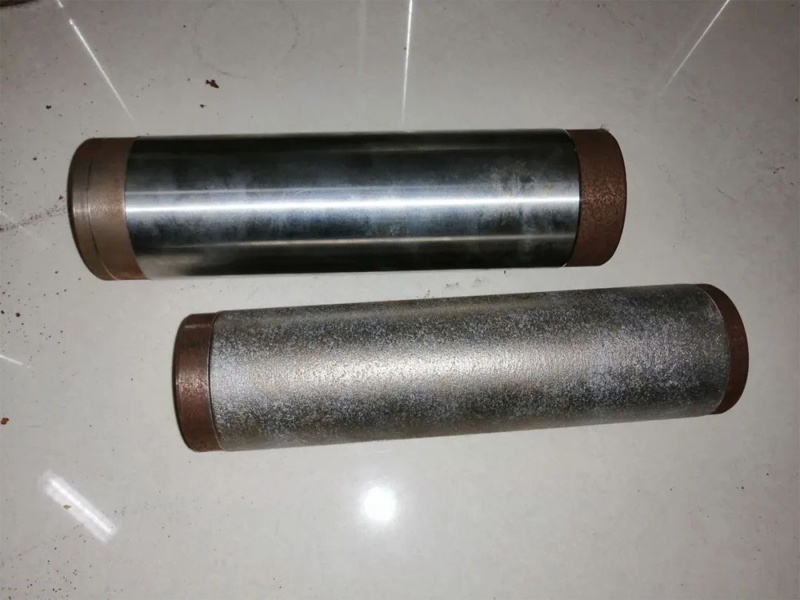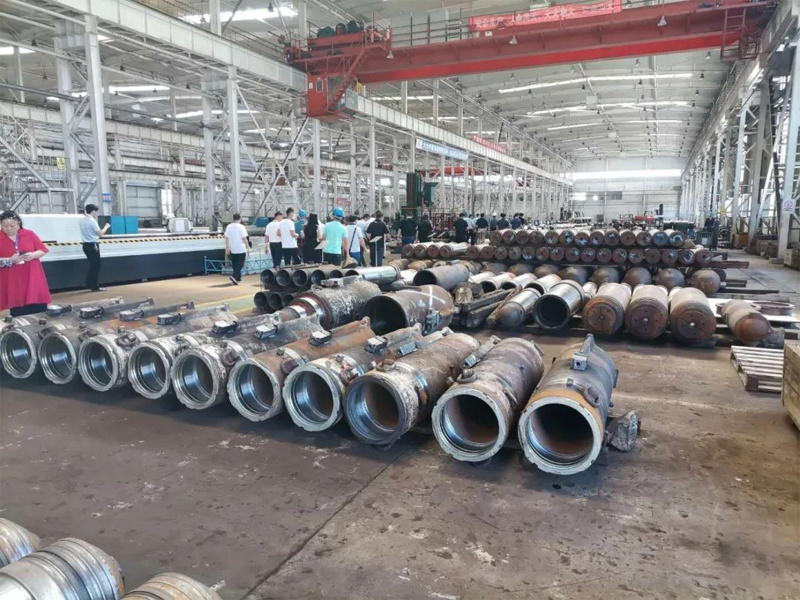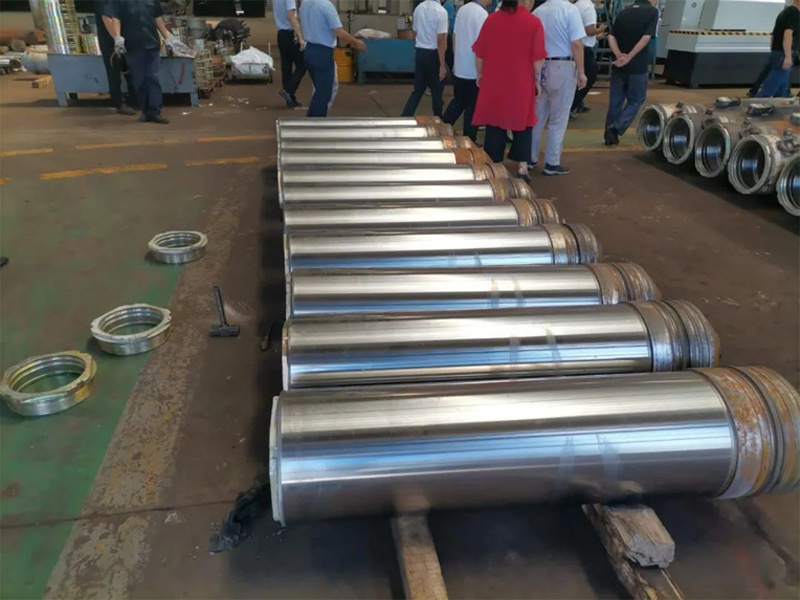Laser cladding assists in the repair and remanufacturing of hydraulic supports
Hydraulic support columns are key equipment in coal mining machinery. They work in acidic and alkaline corrosive media for extended periods, and the column surfaces endure corrosion, wear, and impact. In the past, electroplating was mainly used for the remanufacturing and repair of columns; however, the repaired columns had short service lives, few repairable times, and environmental pollution issues. The following introduces the use of laser cladding technology to replace the original electroplating for column repair.
Laser Cladding Technology Principle
Laser cladding, also known as laser cladding welding, uses high-energy lasers as a heat source and metal alloy powder as the welding material. The simultaneous action of the laser and alloy powder on the metal surface achieves rapid solidification, forming a dense, uniform, low dilution, and controllable thickness metallurgical bonding alloy layer. It is a surface modification method that can significantly improve the wear resistance, corrosion resistance, heat resistance, oxidation resistance, and electrical properties of the substrate surface.
The material and hardness of the laser cladding layer can be flexibly adjusted as needed. Different coating materials can achieve different surface properties. Common cladding materials include three types of alloys: iron-based, nickel-based, and cobalt-based.
Technical Characteristics
1. Fast cooling speed (up to 106 K/s), a rapid solidification process, easily resulting in a fine crystal structure
2. Low coating dilution rate (generally less than 5%), forming a strong metallurgical bond or interfacial diffusion bond with the substrate. By adjusting the laser process parameters, a good coating with a low dilution rate can be obtained, and the coating composition and dilution rate are controllable;
3. Low heat input and distortion, especially when using high-power density rapid cladding, the deformation can be reduced to within the assembly tolerance of the part.
4. Almost no restrictions on powder selection, especially in cladding high-melting-point alloys on low-melting-point metal surfaces;
5. Wide range of cladding layer thickness, with a single-pass powder feeding coating thickness of 0.2~2.0mm,
6. Selective cladding is possible, with low material consumption and an excellent performance-to-price ratio;





Related Information
RELATED INFORMATION
2022-08-26 10:09
2022-08-16 15:13
2022-08-08 10:10
Leave a message
MESSAGE CONSULTATION









